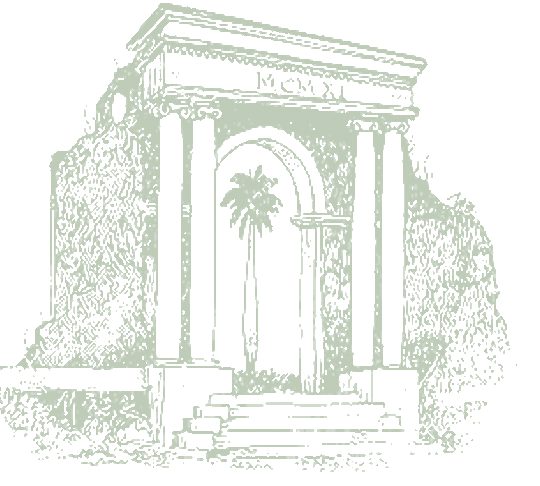The GRE Subject test for Literature in English is a good guide for a set of standards in the field of literature. For a quick reference of the types of questions and areas tested, see the excerpt below:
The approximate distribution of questions according to content categories is indicated by the following outline.
-
Literary Analysis (40 – 55%)
An ability to interpret given passages of prose and poetry. Such questions may involve recognition of conventions and genres, allusions and references, meaning and tone, grammatical structures and rhetorical strategies, and literary techniques. -
Identification (15 – 20%)
Recognition of date, author or work by style and/or content (for literary theory identifications see IV below). -
Cultural and Historical Contexts (20 – 25%)
Questions on literary, cultural and intellectual history as well as identification of author or work through a critical statement or biographical information. Also identification of details of character, plot or setting of a work. -
History and Theory of Literary Criticism (10 – 15%)
Identification and analysis of the characteristics and methods of various critical and theoretical approaches.
The literary-historical scope of the test follows the distribution below.
| I. Continental, Classical, and Comparative Literature through 1925 | 5–10% |
| II. British Literature to 1660 (including Milton) | 25–30% |
| III. British Literature 1660–1925 | 25–35% |
| IV. American Literature through 1925 | 15–25% |
| V. America |
You can access the complete information and download a guide (with a sample test) in the following link: http://www.ets.org/gre/subject/about/content/literature_english.


